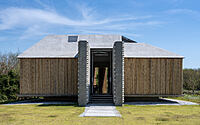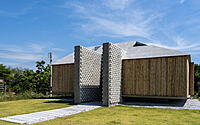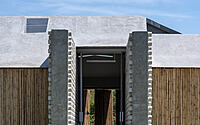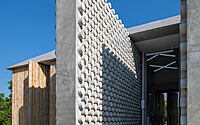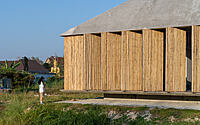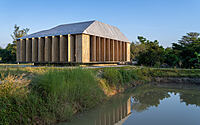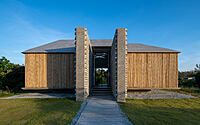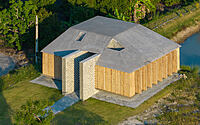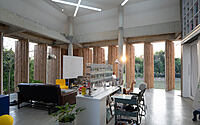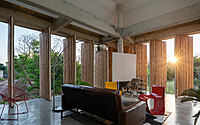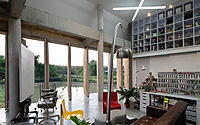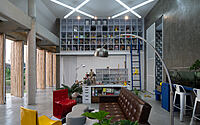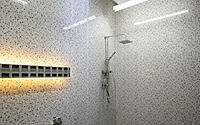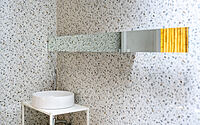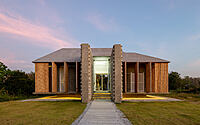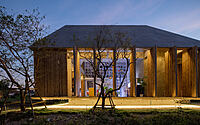Furnish Studio: Where Concrete Meets Eco-friendly Aesthetics
Discover the innovative Furnish Studio, designed by 11.29 Studio in Bangkok, Thailand.
This unique space combines sustainable design with practical solutions for artists working with oil paint. Utilizing local materials, including concrete and bamboo, the studio demonstrates how eco-friendly design can transform waste into valuable architectural components while maintaining an aesthetically pleasing and functional environment.










About Furnish Studio
Sustainable Design Approach
Sustainable design comes in various types and methods, and in this project, the location takes center stage as the primary consideration, influencing the design significantly. Due to the site being in Rayong, the architect opted to use sustainable and local materials to minimize transportation energy as a key aspect of designing this studio.
The Influence of Rayong’s Industrial Landscape
Rayong is an area typically surrounded by industrial estates and is known as Thailand’s highest Gross Provincial Product (GPP) province, resulting in an abundance of construction. Consequently, a large amount of concrete is used in construction projects. For every 20 cubic meters of concrete, a strength test requiring three balls of cement concrete is conducted. After the test, these cement balls become waste.
Transforming Waste into Architectural Elements
Drawing inspiration from Rayong’s unique character, the project focuses on transforming waste materials into useful architectural elements. The design incorporates not only concrete but also bamboo as a primary material, creating a distinctive yet simple construction.
Designing for Oil Paint Workspaces
The ingenious building formation is specifically designed for workspaces that involve oil painting. Due to the constant evaporation of oil paint’s medium, adequate ventilation is necessary to prevent long-term health issues for artists. To address this need, bamboo batten walls are incorporated as a design element.
Conclusion: Sustainable and Aesthetically Pleasing Design
In conclusion, the Furnish studio is designed with sustainability in mind, aiming to repurpose waste materials into valuable and aesthetically pleasing architectural components. The project showcases how innovative design solutions can enhance both functionality and visual appeal while remaining eco-friendly.
Photography by Weerapon Singnoi
Visit 11.29 Studio
- by Matt Watts